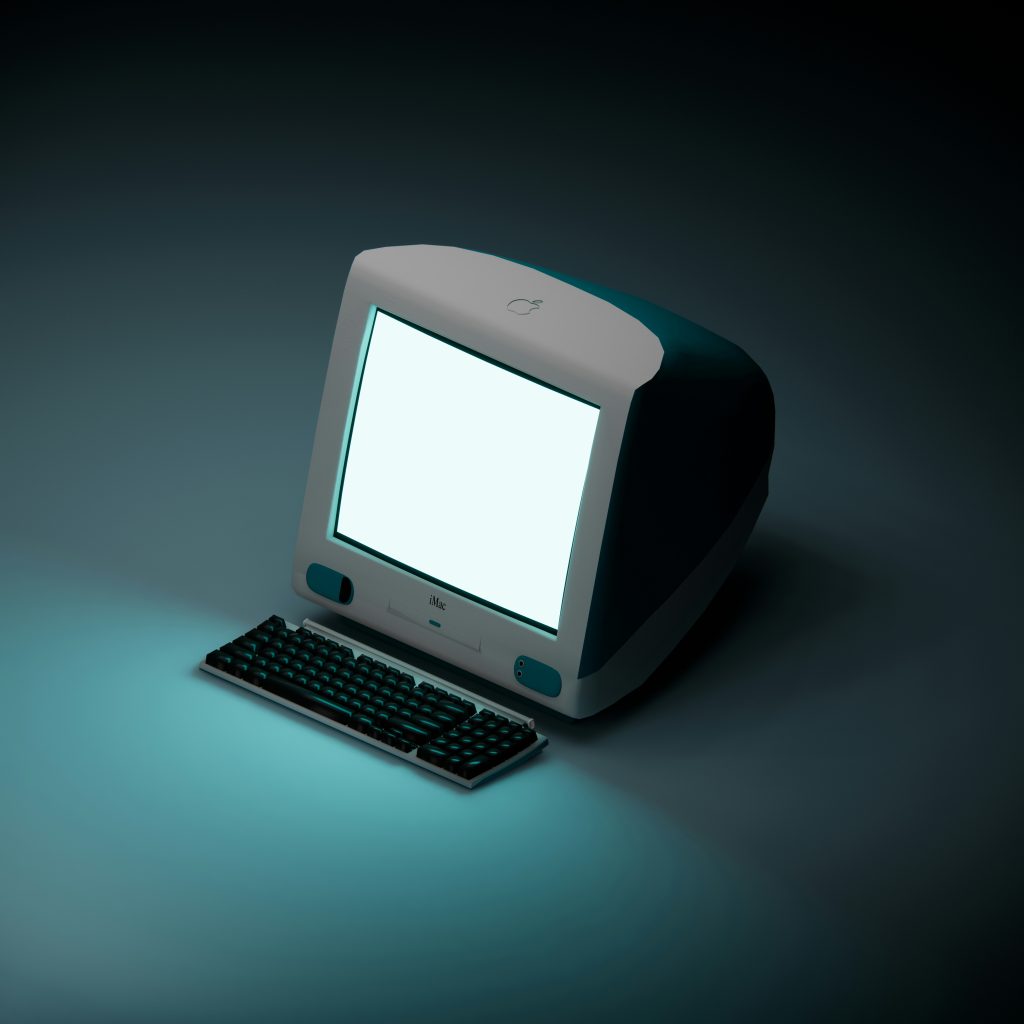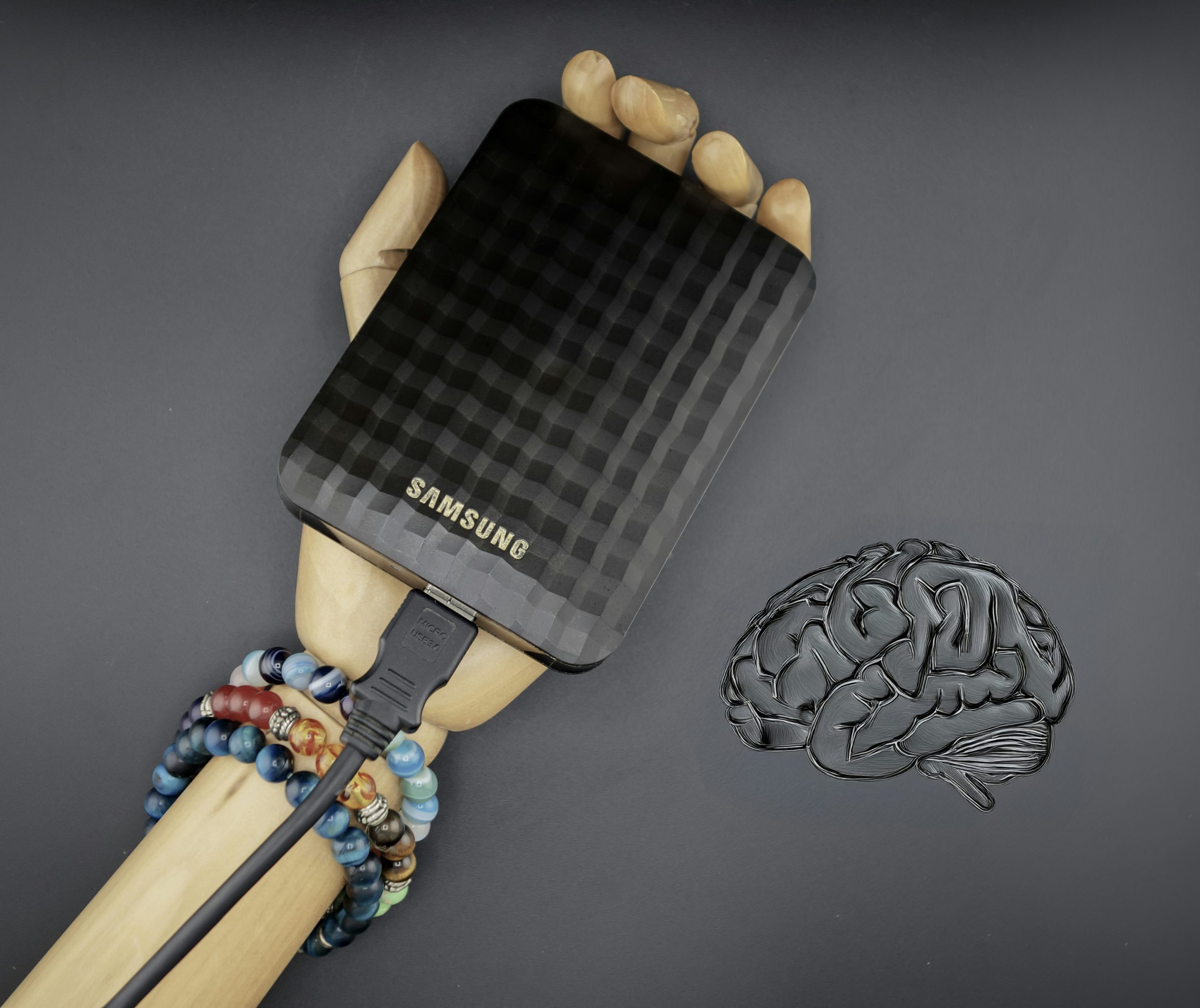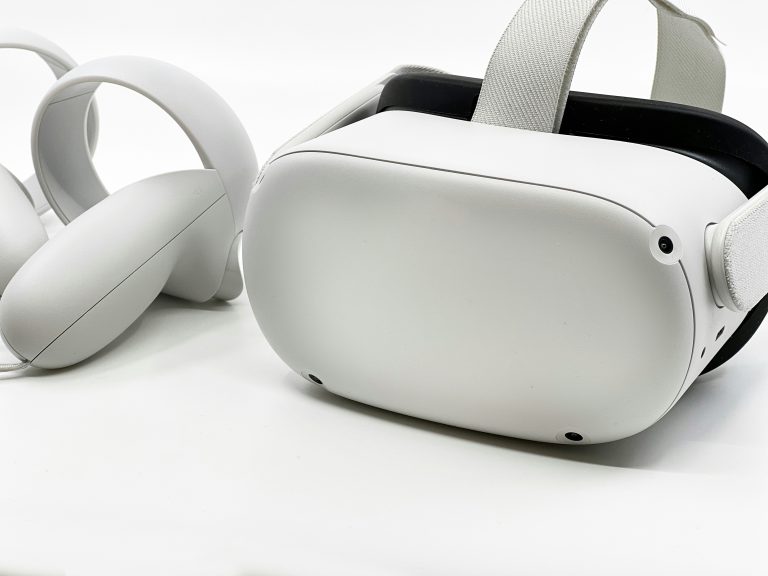Neurotechnology: The Future of Brain-Computer Interfaces
2 What Are Brain-Computer Interfaces?
BCIs are systems that allow direct communication between the brain and external devices — bypassing traditional physical inputs like keyboards, mice, or even speech.
They can:
1 Read neural signals
2 Interpret thoughts or intentions
3 Send commands to digital devices
There are both non-invasive (like EEG headsets) and invasive (implanted electrodes) versions, depending on the use case.
3 What’s Driving the BCI Revolution?
1 Advances in neuroscience: Better understanding of how thoughts and signals work in the brain.
2 Machine learning + AI: Helps decode brain signals into actionable data.
3 Miniaturization of hardware: More comfortable, practical headsets and implants.

4 How BCIs Will Transform Our Lives
5 Medical Miracles
This is where BCIs are already making an impact:
1 Restoring movement for people with paralysis through brain-controlled prosthetics or exoskeletons.
2 Speech synthesis for people who can’t talk — imagine thinking words and having them spoken aloud.
3 Treating neurological disorders like epilepsy, Parkinson’s, and depression with brain stimulation.
6 Hands-Free Tech Control
Imagine using your mind to:
1 Scroll your phone
2 Type a message
3 Play a video game
4 Control smart home devices This could transform accessibility and efficiency for everyone — not just people with disabilities.
7 Cognitive Enhancement
Some companies (like Neuralink, Kernel, or NextMind) are exploring:
1 Memory boosting
2 Focus enhancement
3 Even thought-sharing or “brain-to-brain communication” down the line
8 Immersive Gaming & AR/VR
BCIs could offer next-level immersion:
1 No controllers needed
2 Full neural input for virtual environments
3 Emotion-based reactions in gameplay

9 Work, Creativity & Learning
1 Type or code using thoughts
2 Compose music or art using emotion-based interfaces
3 Learn faster with brain-feedback-assisted training
10 Ethical Questions & Challenges
1 Privacy: Your brain data is you — how do we protect it?
2 Consent: Can it be hacked or misused?
3 Inequality: Will only the wealthy have access to cognitive upgrades?
4 Identity: How much augmentation is too much?
The Bottom Line
Neurotechnology and BCIs are shifting us from an era of “using technology” to one of merging with technology. The future could include:
1 A world where thoughts control devices
2 Real-time brain monitoring for health and performance
3 Augmented humans capable of things we’ve only imagined
It’s early days, but we’re already seeing prototype applications that show the incredible potential — and the deep responsibility — of this tech.






